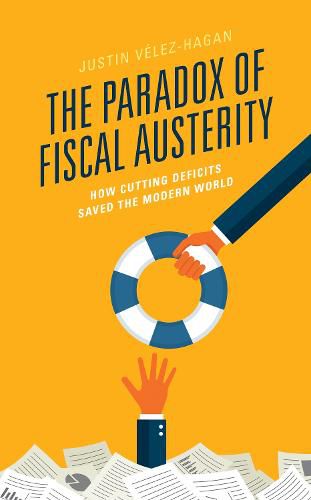Readings Newsletter
Become a Readings Member to make your shopping experience even easier.
Sign in or sign up for free!
You’re not far away from qualifying for FREE standard shipping within Australia
You’ve qualified for FREE standard shipping within Australia
The cart is loading…






If governments followed the optimal fiscal policy path, surpluses in good times would counter necessary deficits during economic downturns, leading to worldwide balance. The world, however, has chosen to go in a different direction in recent decades, avoiding thrift in light of a decidedly more indebted future. When financial crises kicked off a global recession in 2008, the spotlight placed on countries’ fiscal conditions put pressure on policymakers around the globe to find a way to slow the growth of deficits and debt by imposing fiscal consolidations (or, more simply, austerity). How have these policies fared across the developed world? Were they even necessary to begin with? This book examines the many factors that have contributed to the success (or failure) of such policies, including timing, magnitude, accompanying policies, composition, and more, while explaining the economic rationale behind their choices.
$9.00 standard shipping within Australia
FREE standard shipping within Australia for orders over $100.00
Express & International shipping calculated at checkout
If governments followed the optimal fiscal policy path, surpluses in good times would counter necessary deficits during economic downturns, leading to worldwide balance. The world, however, has chosen to go in a different direction in recent decades, avoiding thrift in light of a decidedly more indebted future. When financial crises kicked off a global recession in 2008, the spotlight placed on countries’ fiscal conditions put pressure on policymakers around the globe to find a way to slow the growth of deficits and debt by imposing fiscal consolidations (or, more simply, austerity). How have these policies fared across the developed world? Were they even necessary to begin with? This book examines the many factors that have contributed to the success (or failure) of such policies, including timing, magnitude, accompanying policies, composition, and more, while explaining the economic rationale behind their choices.